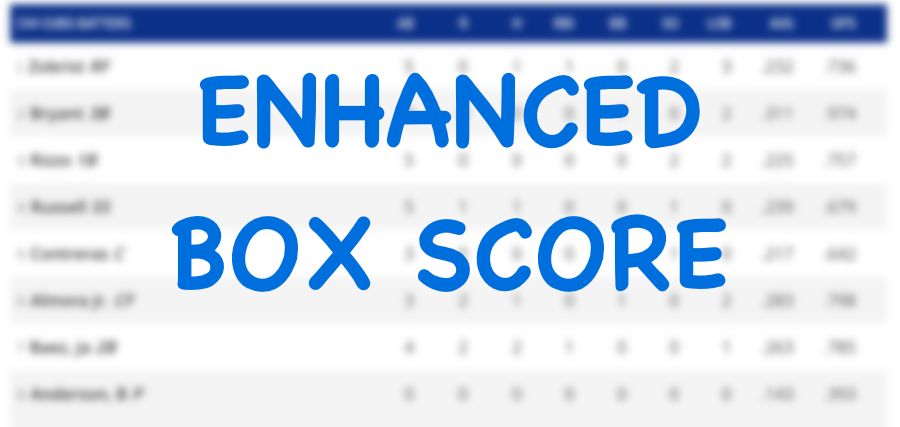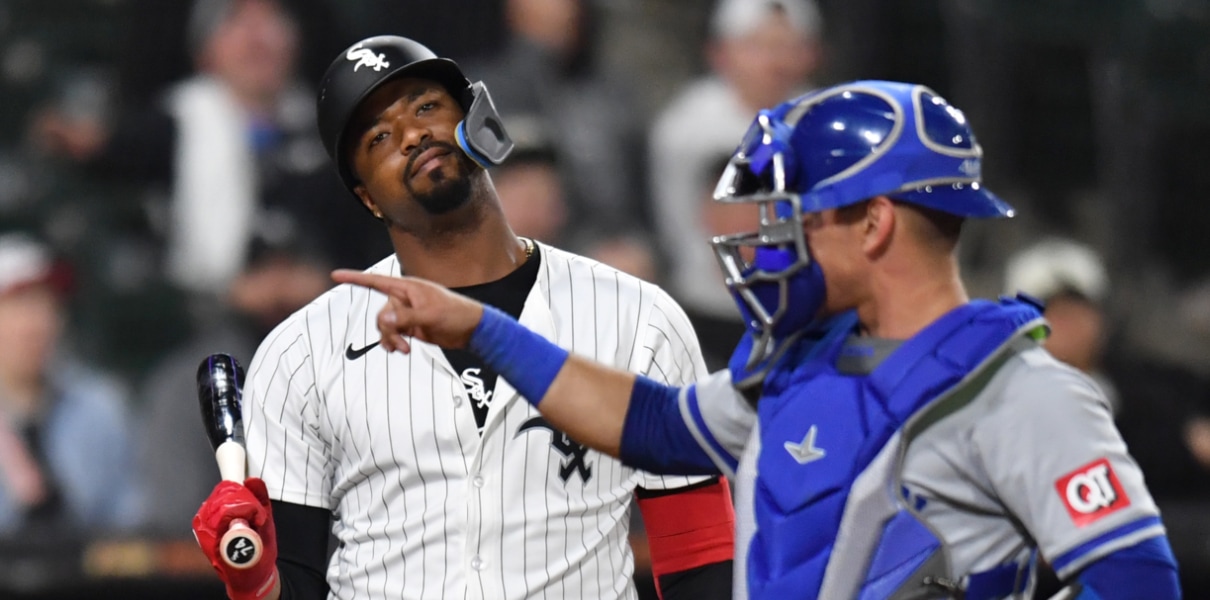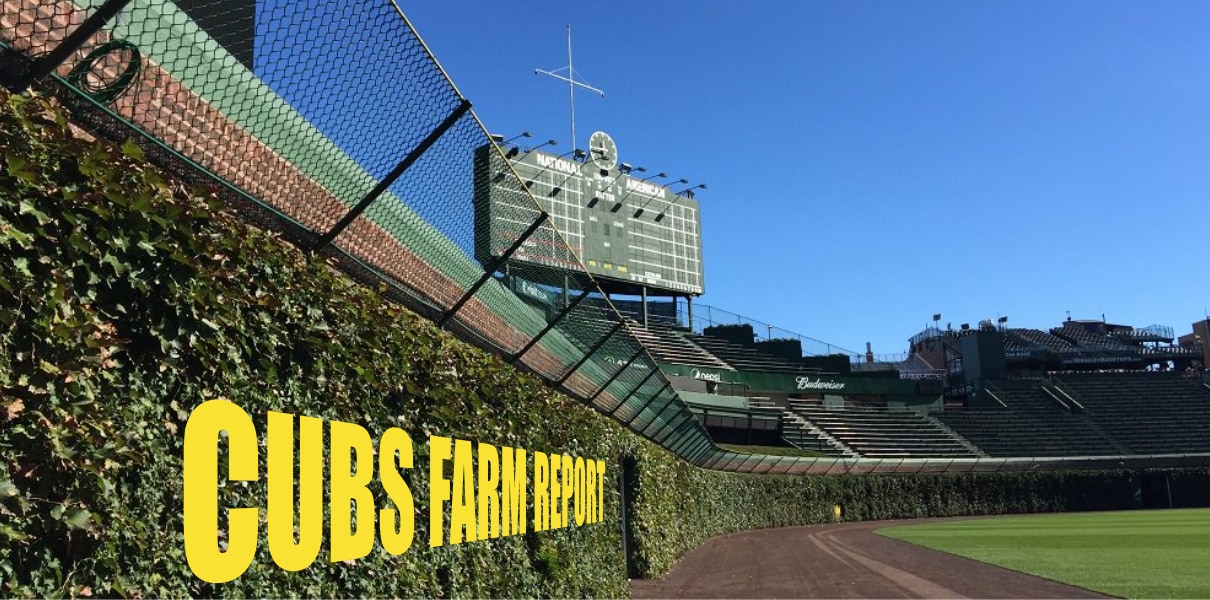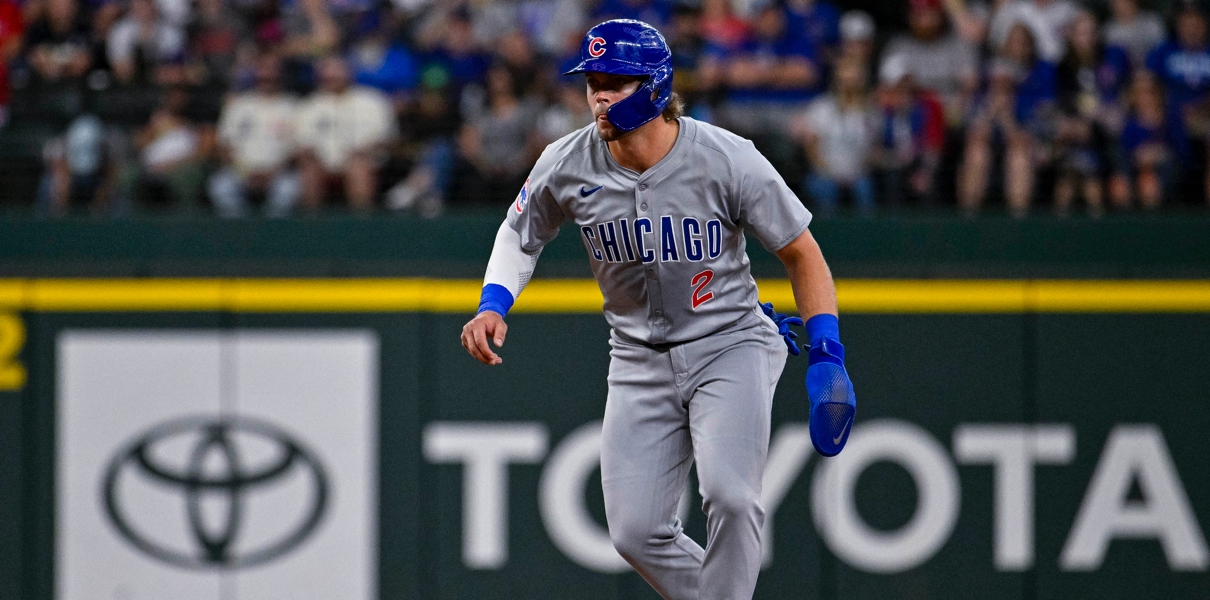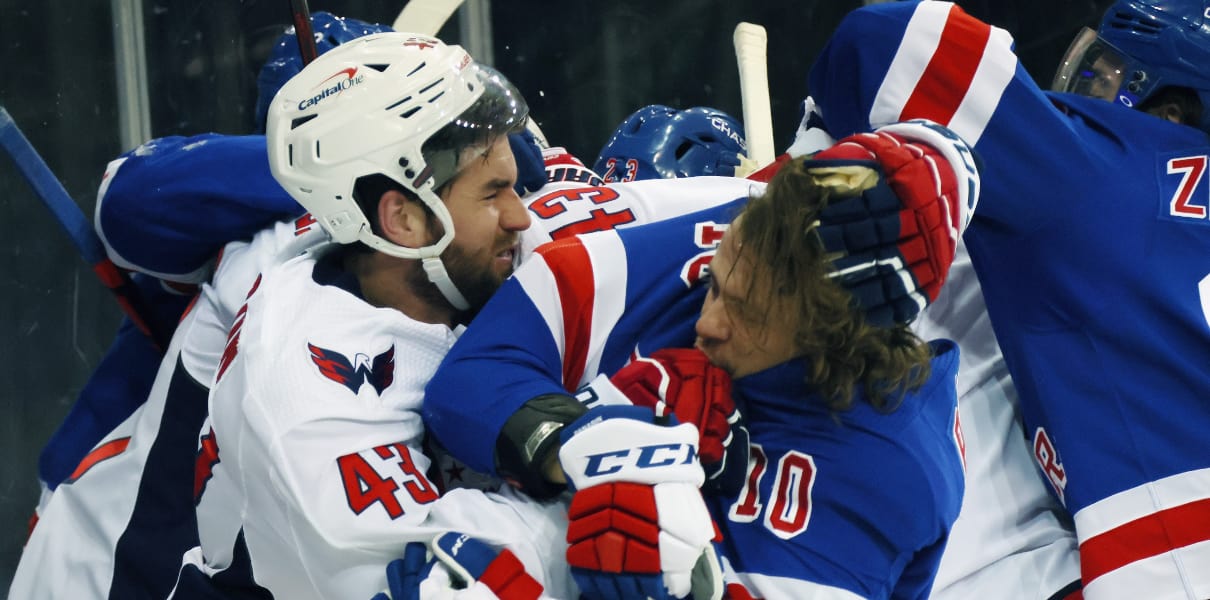While last night’s biggest farm action belonged to Owen Caissie — is it too soon to say that second home run was Kelenic-ian? — I came away from the evening wanting to talk about pitching.
We knew going into the evening that the slate of Cubs pitchers was setting up for a good night, and it did not disappoint.
Early in the night, Brett highlighted the professional debut from 2022 first-round pick Cade Horton: 2.1 IP, 2 H, 0 R, 0 BB, 5 K. And a short while after, fellow Oklahoman Kohl Franklin was even more brilliant, with one of the better outings I’ve ever seen him throw: 4 IP, 1 H, 0 R, 2 BB, 7 K.
I went back and watched each pitch from both pitchers twice, and wanted to empty the notebook and revise our scouting reports on two important arms in the Cubs system.
We’ll start with Horton, the Bad Man who hadn’t pitched in an official game since the College World Series final last June. He called the outing surreal to Milb.com after the game, hammering home the point that he was keeping it simple with an approach of challenging hitters in the zone. Whether deliberate or not, the Cubs decided to allow Horton to go through the order exactly one time before bringing in a relief option.
Horton would throw 47 pitches in all, 30 for strikes (36.2 CSW%), and generating eight whiffs on 21 swings (38.1 Whiff%). While the right-hander’s stuff is definitely better than the Low-A level, the challenge posed at him this outing was an opposing Lynchburg lineup that featured seven left-handed hitters (including the first six batters he faced). He passed the test, retiring all seven, striking out four with beautiful frontdoor sliders.
The pitch is a beauty, and Horton has great feel for adding extra depth and bite to the pitch with two strikes. I do believe he’s far more comfortable locating to the gloveside third of the plate than anywhere else, which combined with a cutting four seamer might allow for hitters to cheat a little bit and expect pitches to that area. I’ll be watching for more arm side execution in the future.
The other clear gameplan element that the LHH-heavy lineup called for was a commitment to Horton’s changeup, a pitch the Cubs have worked with him on revising, and one he didn’t need to throw much last season with the Sooners. Unofficially, I counted nine changeups in his 47 pitches, one for a whiff, and eight for balls. It’s generally a firm offspeed without significant action, though he twice flashed solid (if uncontrolled) fade. While still a below-average offering, the dedication to throwing it is a good sign for future development.
I loved Horton’s ability to buckle down with three balls, his athleticism was evident, and his very simple delivery gives confidence in future strike-throwing. The lone two hits were a squib grounder to third and a lazy bloop in the Bermuda Triangle between 2B, SS and CF. He passed the first test.
* * *
Up north in South Bend, Kohl Franklin aced his exam, constantly pitching ahead in the count and dynamically bouncing between his four different offerings.
I mean, how about this stretch of pitches to end the first inning:
In fact, I want to think about his outing in the context of the four pitches separately. Let’s break it down.
Fastball. We got stadium gun velocity readings from 94-100 mph (thanks to Max Thoma and Brendan King for so diligently pointing out numbers when it fits the broadcast, it’s hugely appreciated), and Franklin had better feel for controlling the pitch than basically any 2022 outing. I noticed a greater willingness to throw the ball down the middle in ahead/neutral counts than in the past, which is something he can get away with at his velocity. Beloit did not make him pay.
Changeup: It was a 65-grade pitch last night, drawing swings-and-misses five different times (on just 10 swings). Marlins first-round pick Jacob Berry swung and missed on one inside third change and pretty immediately called time to collect himself. The bottom just drops out of the pitch, with significant late sink, holding the line off his fastball so well. And the feel has always been pretty fantastic with it. Shouts to catcher Casey Opitz, who called for a middle-middle changeup in Franklin’s only real tense moment of the game: fourth inning, runners on first and second, down 2-0 in the count after two bad fastball misses. Kohl executed the changeup, then executed the following fastball to get a lazy fly out to get out of the jam scot-free.
Check out the sword his changeup drew at 0:21 in Michael’s second tweet below:
Curveball: Froze the first two hitters of the game with strike three curveballs, and it was a good night overall for the pitch. I’m seeing a touch more horizontal movement than I remember last year, but still featuring tons of vertical break. While perhaps not profiling as a true out pitch at the MLB level, I think it will always be part of his repertoire, mostly used to steal strikes to unexpecting hitters.
Slider: This was our first chance to see the new offering, one that has been anticipated since Franklin entered the system. I loved his willingness to throw it, even while execution is still a bit inconsistent, as a few (understandably) backed up on him. The pitch flashed plus, with a similar movement profile to the curveball (a couple of inches horizontal, more notably a north-south pitch), but lacking the big hump that hitters might be able to see out of hand. I counted nine total, representing a 13.9% usage that I do think will grow over time.
It’s surely too early to start thinking about real Farm System ramifications from a night like this, but allow me to dance around it a bit.
After what I saw in Spring Training combined with this early stretch, I’m seeing Owen Caissie as a more pull-willing hitter, giving me more confidence in his power projections, meaning I’d bump him a spot or two in my rankings. I’d hold firm with Cade Horton’s spot for now. And while I’ve been guilty of letting early Spring results create Too Much Hype with Kohl Franklin before, he’d hop into my top 20 list now, with an up-arrow next to the name.






